How to Avoid Scalp Micropigmentation Regrets

Scalp micropigmentation (SMP) is a popular and effective solution for hair loss that can transform your appearance and boost your confidence.
However, like any cosmetic procedure, there is potential for regret if things don’t go as planned.
From unnatural results to long-term dissatisfaction, deciding to undergo SMP requires careful consideration and proper planning.
In this article, we’ll explore common scalp micropigmentation regrets and provide actionable tips on how to avoid them, ensuring you achieve a long-lasting natural hairline.
What are scalp micropigmentation regrets?
Scalp micropigmentation involves applying pigment to the scalp to mimic the appearance of a closely shaved head or to add density to thinning hair.
However, like any cosmetic treatment, some people experience potential drawbacks.
Here are some of the most common scalp micropigmentation regrets and concerns about this cosmetic procedure.
1. Unnatural Appearance
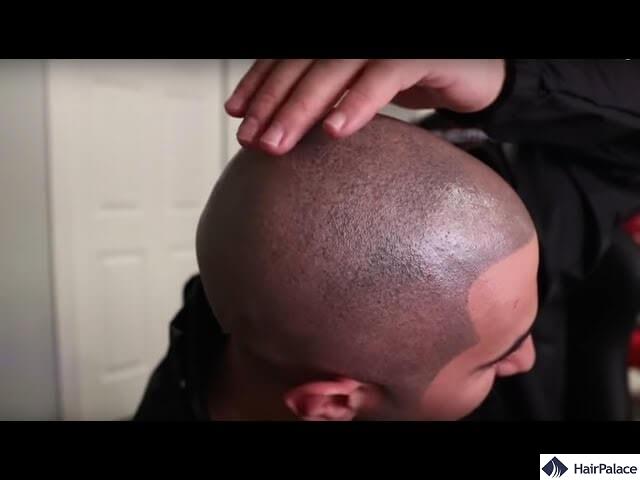
An unnatural appearance is one of the most common regrets among people who undergo a hair tattoo.
This happens when the final results don’t mimic the look of natural hair follicles, making the treatment noticeable to others.
There are several reasons why SMP might appear unnatural.
Hairlines that are too sharp, symmetrical, or low can create a “helmet” effect, making it obvious that the hairline was artificially created.
Using a pigment that doesn’t match the client’s natural hair colour or skin tone can lead to an obvious contrast.
2. Colour Fading or Changes
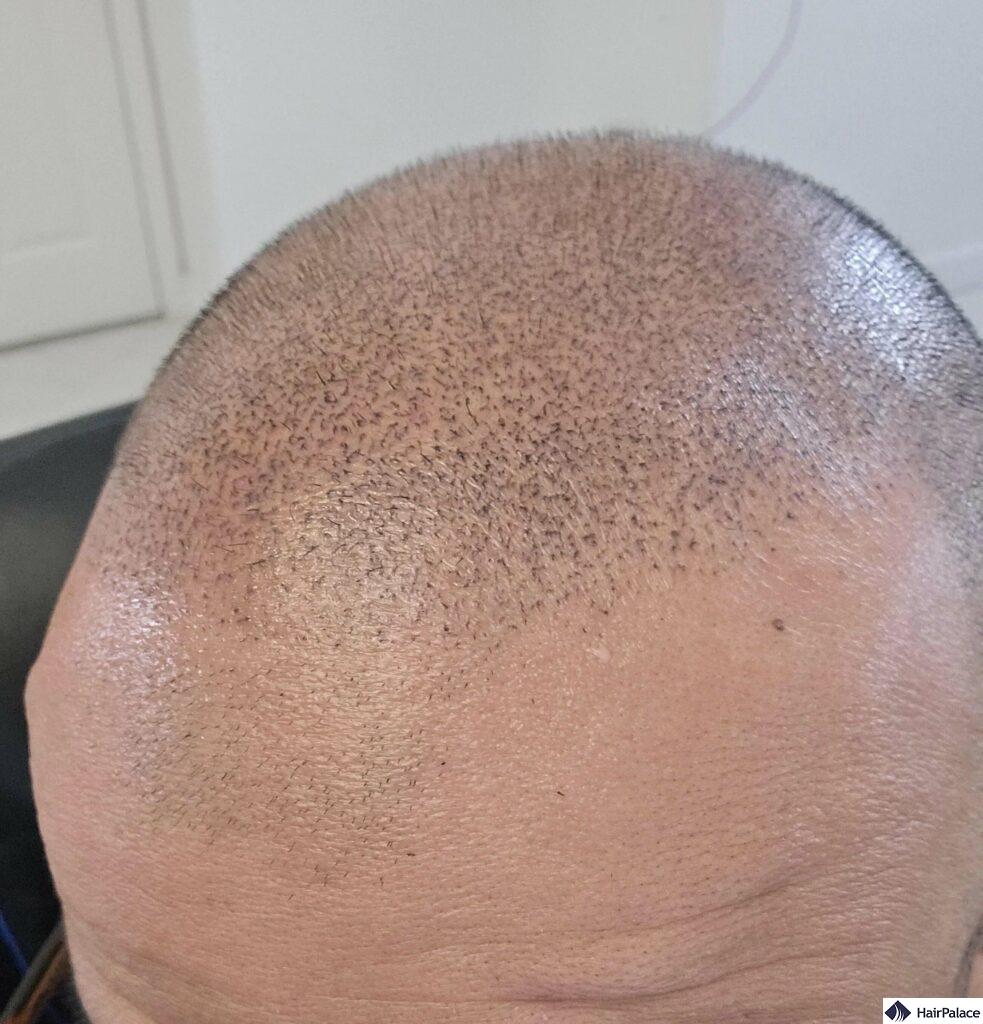
Colour fading and unexpected pigment changes are significant concerns for people undergoing scalp micropigmentation.
The pigments used in SMP are designed to maintain a natural look, but various factors can cause them to fade unevenly or change colour over time.
One of the primary reasons for SMP fading is prolonged exposure to ultraviolet (UV) rays.
The sun’s UV rays break down the pigments over time, causing them to lighten, fade unevenly, or change colour.
Using pigments not specifically formulated for SMP can lead to unwanted colour changes.
Traditional tattoo inks or low-quality pigments might oxidize, resulting in colours turning bluish, greenish, or even reddish over time.
Lastly, using the wrong pigment shade can also contribute to a lacklustre outcome.
3. Difficulty in Removal or Adjustment
One of the major drawbacks of scalp micropigmentation is the challenge associated with removing or adjusting the pigments once they’ve been applied.
While SMP is often promoted as a semi-permanent solution, it is still more permanent than many people realize, making changes difficult without professional intervention.
SMP pigments are implanted into the upper dermis, similar to a tattoo, but at a more superficial depth.
This placement makes complete removal harder than expected because the pigment can become embedded too deep for superficial treatments to be effective.
4. Choosing the Wrong Practitioner
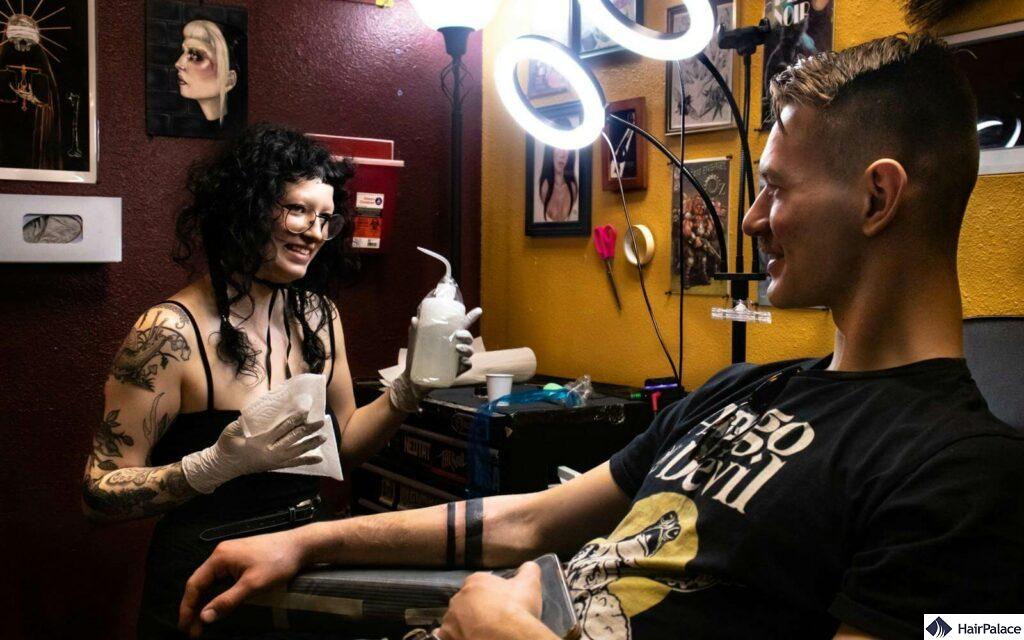
Selecting an inexperienced or unqualified practitioner with poor SMP technique is one of the most significant reasons people regret their scalp micropigmentation treatment.
The skill, experience, and artistry of the SMP technician are crucial for achieving natural-looking results.
A poorly performed procedure can result in an unnatural appearance, permanent skin damage, and other long-term issues that are difficult and costly to fix.
The shape and style of the hairline are essential for a natural look.
An inexperienced practitioner may design a hairline that’s too straight, sharp, or low, making the scalp surface appear artificial.
5. Improper equipment
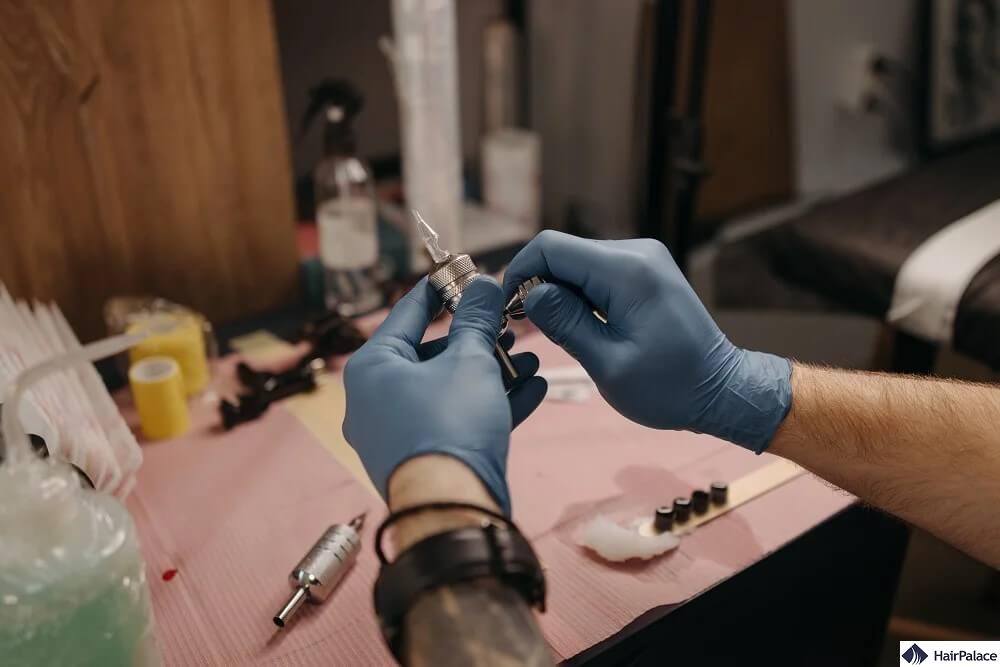
Using inappropriate equipment is a common issue that can lead to subpar results and significant regrets.
If the practitioner uses unsuitable needles, pigments, or machines, it can create an unnatural appearance or damage the scalp.
Using needles meant for traditional tattoos or incorrect needle depth can cause the pigments to be too deep, resulting in blotchy, uneven spots or even scar tissue.
Traditional tattoo machines are often not suitable for scalp micropigmentation.
They can cause excessive trauma to the skin, leading to pigment migration or creating unnatural “dots” that are too large or blurry.
6. Change in Personal Style or Preference
One of the less obvious but significant reasons for SMP-related regrets is a change in personal style or aesthetic preferences over time.
While scalp micropigmentation is designed to be a long-lasting solution, it is not as easily adjustable as other hair-related options, such as changing hairstyles, growing hair out, or even hair dyeing.
As a result, people who undergo SMP might find that the look they initially loved no longer aligns with their desired appearance in the future.
7. Emotional or Psychological Impact

Scalp micropigmentation is not just a physical transformation but also an emotional journey.
Many individuals turn to SMP with high hopes of completely resolving their self-esteem issues related to hair loss.
If the results, even if technically well-executed, don’t fully align with these expectations, it can lead to disappointment.
However, some experience unexpected emotional or psychological impacts after the procedure, which can lead to regret or dissatisfaction.
Understanding the potential psychological aspects and not setting unrealistic expectations is crucial for a positive SMP experience.
8. Long-Term Maintenance
Scalp micropigmentation is often marketed as a low-maintenance solution for hair loss compared to hair transplants or hair systems.
However, “low maintenance” does not mean “no maintenance.” Over time, SMP requires consistent care and periodic touch-ups to retain its optimal appearance.
SMP pigments are semi-permanent and gradually fade over time due to natural skin exfoliation, sun exposure, and the body’s natural immune response.
Most people will require touch-up sessions every 2-5 years to maintain the colour and density.
For some, the ongoing upkeep can be a source of regret, especially if they are not fully aware of the long-term commitment involved.
How to avoid scalp micropigmentation regrets
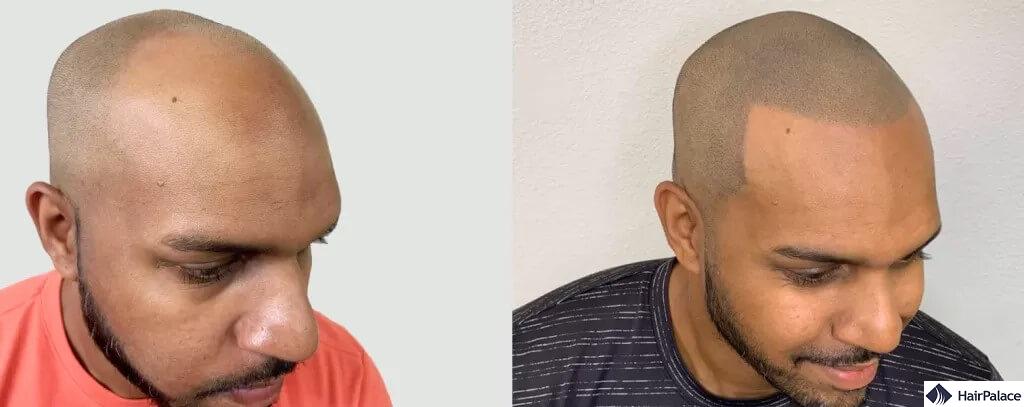
Scalp micropigmentation can provide a transformative solution for hair loss, but to ensure satisfaction and avoid regret, thorough research is essential.
Here’s a comprehensive guide on how to prevent common SMP regrets and achieve a positive, long-lasting outcome:
- Psychological Preparation and Support: SMP can have a significant emotional impact. Ensuring you are mentally prepared and have realistic expectations is just as important as choosing the right SMP artist.
- Choose the Right Practitioner: Selecting a qualified and experienced practitioner is the most crucial step in avoiding SMP regrets. A skilled professional using the appropriate technique can deliver natural-looking results tailored to your needs.
- Have a Clear Vision and Set Realistic Expectations: Understanding what a scalp micropigmentation procedure can and cannot achieve will help you set realistic goals for your treatment. Be aware that SMP cannot create real hair or restore hair texture.
- Prioritize Customization for Natural Results: One of the top regrets is ending up with a hairline that looks unnatural. A customized design tailored to your head shape, facial features, and age is key.
- Be Mindful of Long-Term Considerations: SMP is a long-term commitment, and anticipating how your look will evolve is essential to minimizing regrets down the line.
- Avoid Making Rash Decisions: This is a major aesthetic procedure, so take your time to consider all options and alternatives.
- Plan for Future Adjustments: Understanding that SMP is not a “one-and-done” procedure will help you prepare for future adjustments or changes as your hair pattern evolves.
- Invest in Proper Aftercare: Aftercare is essential to achieving the best results and minimizing issues such as fading, infections, or pigment migration.


